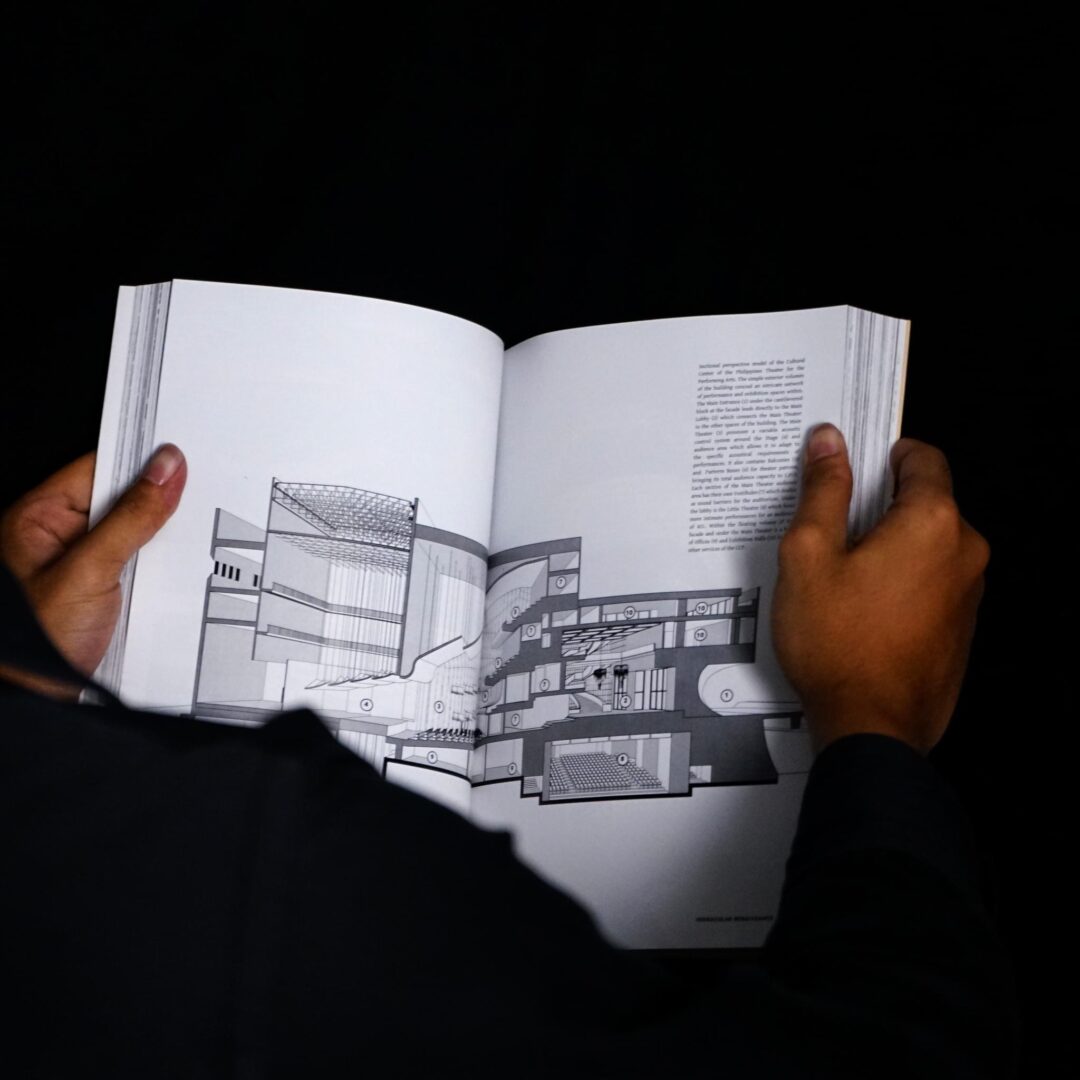More than a decade since the first edition came out, architect Gerard Lico has updated his landmark opus Arkitekturang Filipino: A History of Architecture and Urbanism in the Philippines, and recently released its second edition in two eye-catching volumes.
Changed to the title Arkitekturang Pilipino: A History of Architecture and the Built Environment in the Philippines, the work is published by Arc Lico International Services and the University of the Philippines College of Architecture. It was first published by the University of the Philippines Press in 2008 as part of its centennial publication series.
The updates include the developments in Philippine architecture in the past decade or so including during the Covid-19 pandemic when existing structures were utilized as medical facilities and modular hospitals were built. These are apart from the chronicles on the history and development of architecture in the country from the pre-colonial and pre-Islamic periods to the present.
Other updates include the discovery of the Homo luzonensis inside Callao Cave in Peñablanca, Cagayan; the recent discovery on the dating of the Ifugao Rice Terraces; the rise of global cities in Metro Manila; and the dawn of neo-vernacular architecture.

One of the highlights of the book is the inclusion of a section tackling rise of heritage vigilance in the country with groups such as the Advocates for Heritage Preservation and Heritage Conservation Society leading the way in heritage education and contestations.
The first chapter, “Between the Earth and Sky: Early Philippine Settlers and Landscapes,” discusses the ancient settlements in the archipelago and what tangible evidences are left, while the second chapter, “Vernacular Architecture and its Austronesian Ancestry,” tackles the indigenous architecture of various ethnolinguistic groups in the country and their Austronesian connection.
Islamic buildings are discussed in the third chapter titled “Muslim Space and Philippine Islamic Architecture.”
The rich architecture of the Spanish colonial Philippines is detailed in “Chapter 4: Spectacle of Power: Hispanic Structuring of Colonial Space (1565-1898),” while discussions on the American colonial era comprise two chapters. These are “Chapter 5: Imperial Imaginings: Architecture and Urban Design in the New Tropical Colony of the United States (1898-1920s)” and “Chapter 6: Decadence and Destruction: The Emergence of Filipino Architects, Art Deco and War (1920s-1945).”
These are followed by “Chapter 7: Postcolonial Modernity: Architecture of Early Independence (1946-1960s);” “Chapter 8: Vernacular Renaissance and the Architecture of the New Society” on the Ferdinand Marcos-era construction projects; “Chapter 9: Architecture of Pluralism and the Contemporary Urban Scenography on the Philippine Postmodern Architecture;” and “Chapter 10: Heritage Stewardship: Conserving Philippine Architecture.
In this edition, chapters six and 10 are new additions, making the total number of chapters to 10 from the previous eight.
In her message in the book, architect Maria Cristina Turalba described Lico’s work as a “continuing passion” with “his impeccable insight and kaleidoscopic language.”
“This exhaustive treatise bespeaks years of laborious pursuit of creating a legitimate sourcebook which will dispel myths regarding Filipino architecture,” she noted.
Lico’s book is really an important resource not only for architects and architectural enthusiasts but also for everyone, written by no less than an architectural historian and heritage architect. To borrow a phrase from Turalba, Lico’s laborious pursuit in writing this great opus is indeed exhaustive and to add, unparalleled.
